This is a free fortnightly newsletter about the New Zealand Net.
If you would like to be notified by email when a new edition is published, please subscribe here.
Browse our Newsletter Archive and List of Net Tips.
Featured key
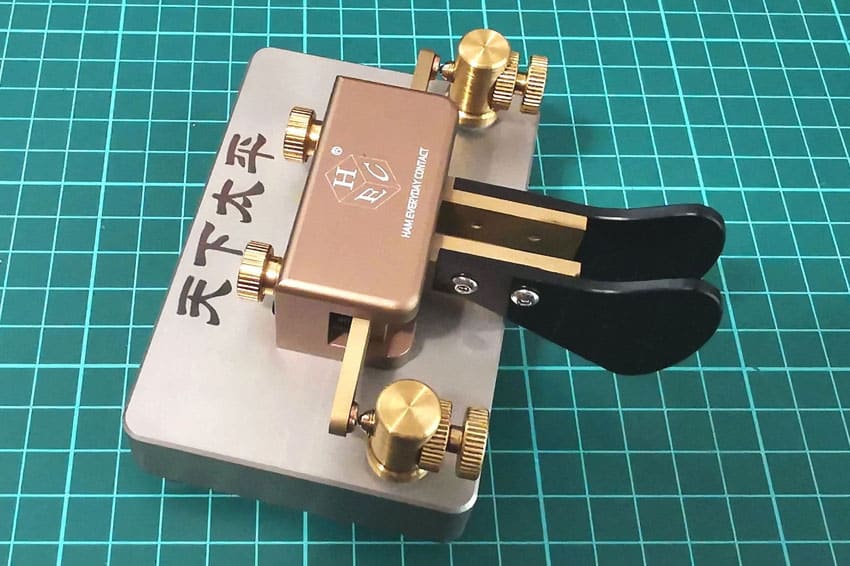
Photo: John Tsui
By John Tsui
in Facebook Group CW Bugs, Keys & Paddles
Here is my HEC JG-19 magnetic twin paddle key, which looks like a Begali Signature. Its bearings are installed under the top cover. Two large adjustment screws provide easy and sharp gap adjustment. The overall craftmanship is very good. I asked the supplier to engrave Chinese words 天下太平, which means “Global Peace” on the top of the base in order to make it special.
* If you have an interesting key for this feature, please send a nice clear photo and a few words describing it.
NZ Net 6th anniversary

Our 6th anniversary will be on Tuesday 25 March.
Wouldn’t it be great if everyone reading this could check in on that evening! I do hope you’ll try to be there.
Stations beyond propagation range on 7030 kHz can listen in via an online SDR, and any greetings received via email will be transmitted during the net.
Here are some NZ Net stats, as of 13 March 2025:
- Total sessions: 1637
- Total QNI: 13,309
- Total QTC/QNC: 2808
- Most check-ins per session: 16
- Participating members: 14
- Newsletters published: 154
“All very interesting,” I hear you say, “but how can I score one of those awesome coffee mugs with the NZ Net logo?”
Info about the mugs is available from Steve ZL2KE, who came up with this great idea to celebrate our anniversary. Thanks Steve!
On the other side of the mug is a different image, but to find out what it is, you’ll need to get your own mug. 🙂
Net numbers

NR5 R ZL1NZ 49/46 AUCKLAND 0800Z 3MAR25 = NZ NET = FEB QNI VK3DRQ 25 VK4PN 14 ZL1AJY 6 ZL1ANY 22 ZL1AYN 2 ZL1BDS 9 ZL1KR 4 ZL1NZ 25 ZL1PX 19 ZL2GD 8 ZL2IR 1 ZL2KE 18 ZL2LN 3 ZL2TE 13 ZL2WT 1 ZL3TK 12 ZL4BDG 4 ZL4GW 12 ZL4KX 14 ZL4LDY 11 TOTAL 223 QTC 56 = ZL1NZ
Photo flashback
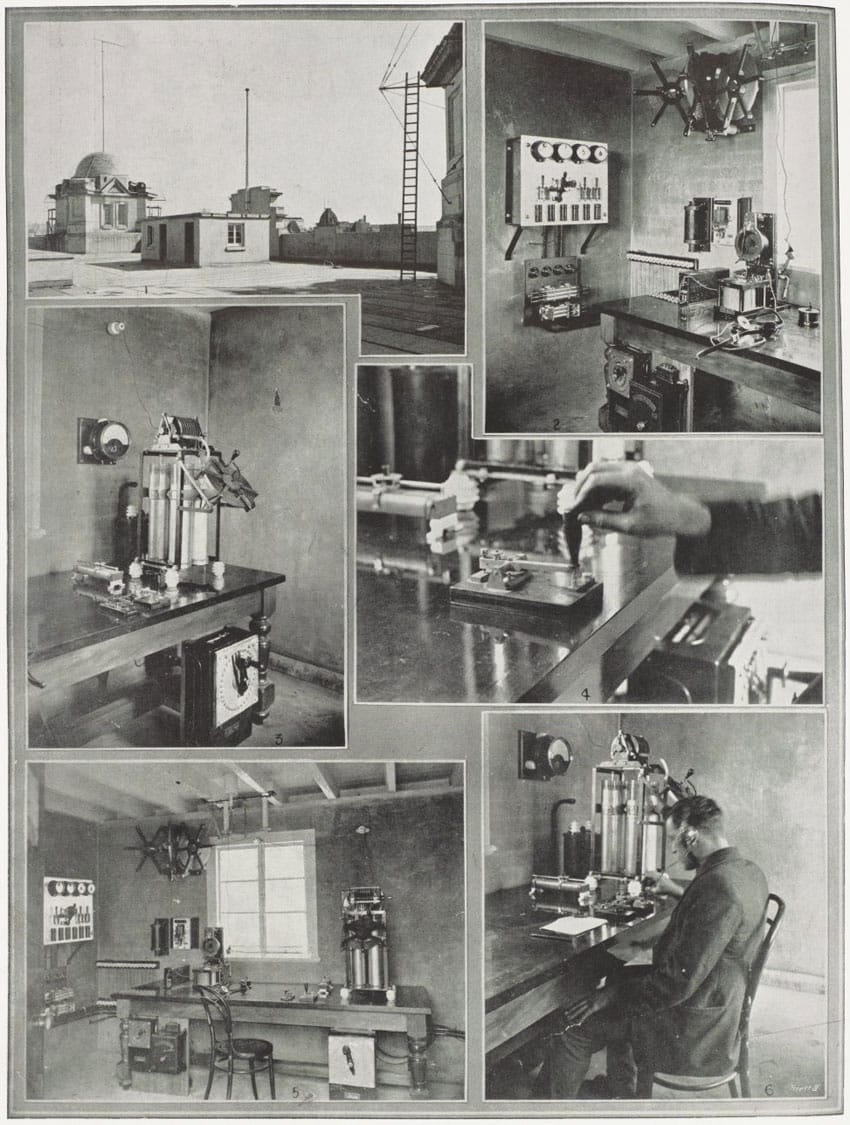
This set of photos shows the original government wireless station for Auckland, located in a hut on the roof of the Chief Post Office in Queen Street. The aerial was suspended between masts erected on the building’s two domes, both of which are visible in the photo at top left, with the hut between them.
These photos appear to have been published shortly after the station opened.
Auckland Radio began operation with the callsign NZK on 24 October 1912. The callsign changed to VLD the following year, and on 1 January 1929 it changed again, to ZLD (and ZLF for aviation radio). The station moved to Musick Point during World War 2, and operated until 1993.
Cryptic QNCs
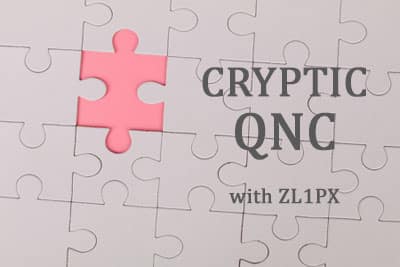
By Peter ZL1PX
On Monday 10 March, I sent the following cryptic puzzle message on NZ Net:
FOUR LETTERS STOP A TURN ON IN BAMBI ASKS FOR A TRANSISTOR
Clues:
- Four letters
- “A TURN ON” – Something that turns or switches someone or something on.
- “IN BAMBI ASKS” – The word “in” appearing in cryptic clues usually means the word lies within a string of consecutive letters. In this case the string is BAMBIASKS.
- “FOR A TRANSISTOR” – Pertaining to a transistor
Answer: BIAS
I hope you enjoyed working it out.
Manawatū council unveils portable operations centre
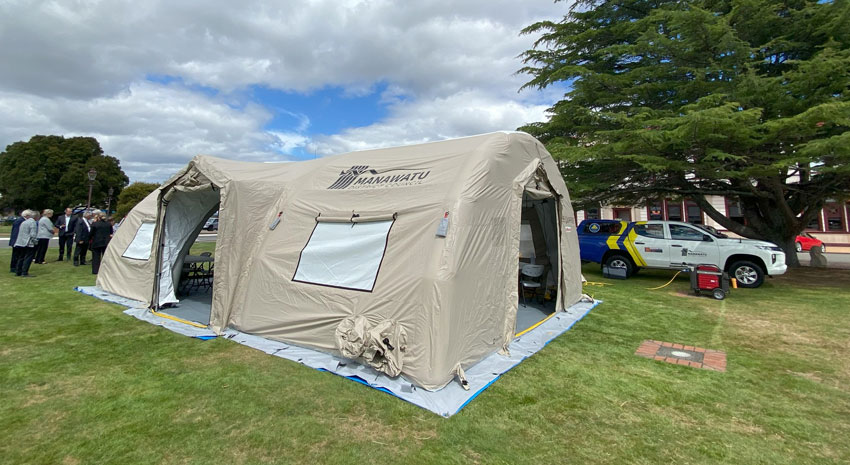
Photo: Supplied
Emergencies can happen anytime, but more importantly anywhere which is the driving force behind Manawatū District Council’s new mobile Emergency Operations Centre (EOC).
Being on the scene of an emergency to help support the community affected is the number one priority. While MDC’s Administration building is the current Emergency Operations Centre, with a large rural demographic, an urban based EOC isn’t always the most efficient.
The mobile EOC is easily transportable in an accompanying trailer with the centre set up and operational in 30 minutes. The structure can withstand winds of up to 100km/h, a total capacity of 40 people and is equipped with lighting and satellite connectivity to provide real-time coordination.
Mobile coordination centres are becoming more common and as emergency response organisations work together, so too can these shelters. In Hawkes Bay during the Cyclone Gabrielle response, mobile emergency coordination centres were zipped together acting as a tent city which expanded the footprint of service to the community.
“The discussion for a mobile EOC began many years ago so it’s very exciting to see the concept come to fruition”, Mayor Helen Worboys explains. “In times of emergency, every second counts, and having a mobile, highly equipped response unit like this will make a tremendous difference in our ability to coordinate effectively and deploy resources quickly.”
The launch of MDC’s mobile EOC is part of Manawatū District Council’s ongoing commitment to developing innovative solutions that improve public safety and disaster response.
The mobile Emergency Operations Centre will be on display at the Family Fun Day on Sunday 16 March from 10am – 1pm at Victoria Park, Feilding. The public are encouraged to step inside and learn more about the role of Council within a Civil Defence emergency.
As a bonus, they’ll have a great setup for next year’s Field Day. 🙂
Video
Net tip: QNE
We continue our look at Q signals with one that you will only ever hear used by the Net Control Station: QNE.
It means: “Entire net stand by”.
NCS will use this signal if they need to take a moment to attend to something, during which time they don’t want people trying to check in.
Another situation would be if there are stations doubling and NCS just needs everybody to stop so they can sort it out.
It could also be used to alert stations that something important is coming.
You get the idea.
Why not just send <AS>? Well, that could be interpreted as a direction to a particular station, whereas QNE tells everyone to stand by.
The A-Z of Q Signals
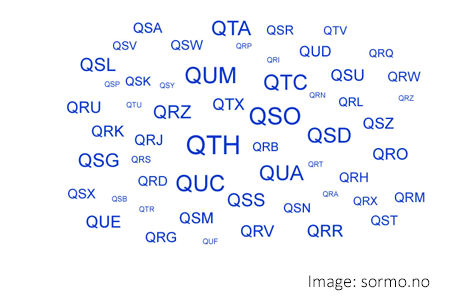
A well-run CW net is a lovely thing to experience. Communication between stations is quick and concise, and the net business is conducted with minimal time wasted.
As CW operators, we have many techniques to communicate quickly and efficiently. And if we know and use these techniques, we can often match or exceed the speed and accuracy of voice communication.
One of our most important tools is the set of Q Signals (or Q Codes), and in this series we look at the “essential” ones, in alphabetical order.
There will be some Q Signals that we rarely encounter, so that’s where a list kept near the radio can be helpful.
Advertising archive
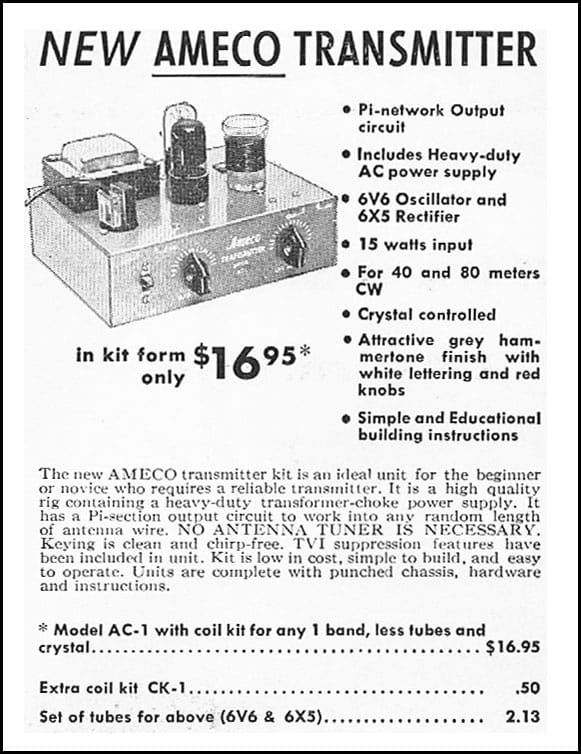
ARRL: Radio Amateur’s Handbook – 1957
Suggestions?
If you have suggestions on how to make the NZ Net better, or things you’d like to see covered in these updates, please contact ZL1NZ. You might even like to write something for the newsletter.
Thanks for reading, and I hope to hear you soon on the NZ Net!
—
Neil Sanderson ZL1NZ, Net Manager
New Zealand Net (NZ NET)


